How is an estate settled?
Take a step-by-step look at how a notary settles an estate that requires the services of a genealogist.
The different steps
-

Step 1
Any professional dealing with an estate can commission ADD Associés in accordance with Article 36 to conduct research to confirm the list of entitled beneficiaries or to locate missing heirs.
-

Step 2
ADD Associés conducts research necessary for identifying, finding, and contacting heirs.
-
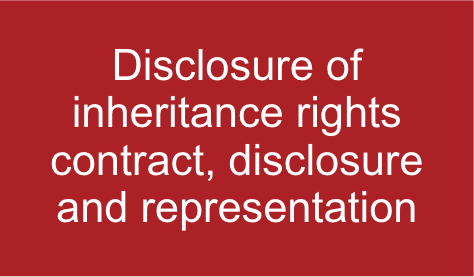
Step 3
When heirs don’t know their rights, ADD Associés submits a disclosure of inheritance rights contract to them, followed by a power of attorney, prior to the disclosure of their rights and to represent them during the subsequent steps.
-
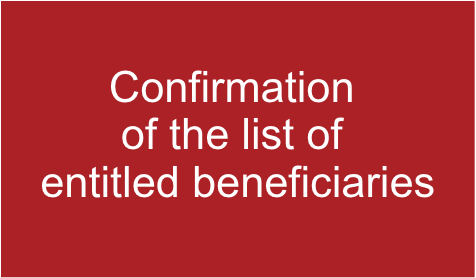
Step 4
Once the research is complete, ADD Associés confirms the list of the entitled beneficiaries, gathers the documents, and sends them to the liquidating notary or the court-appointed administrator.
-
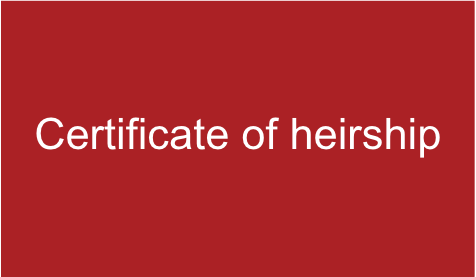
Step 5
Based on the genealogical chart provided and certified by ADD Associés, the notary draws up the certificate of heirship recording the list of the entitled beneficiaries and the proportion of the respective rights of each of the heirs and legatees.
-
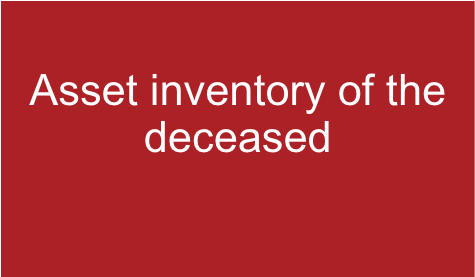
Step 6
The liquidating notary draws up a complete balance sheet of the deceased’s assets (savings, furniture, real estate, etc.) and liabilities (bills, mortgage(s), loans, tax debts, etc.).
-

Step 7
Sale of movable and immovable property after obtaining the agreement from all heirs as to its principle and price, closing of and collection from bank accounts, cash, securities, life insurance, etc. as well as settlement of all estate liabilities.
-
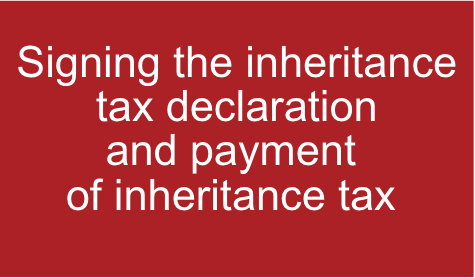
Step 8
The inheritance tax declaration determines each heir’s share of the estate and the amount of inheritance tax to be paid to the tax authorities.
-

Step 9
The accounts are drawn up and submitted to the heir for approval once the funds have been received from the notary. Please note that the distribution can be made in several installments.